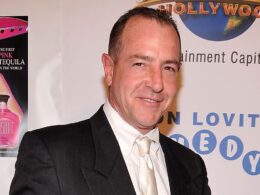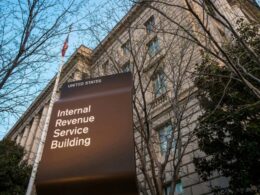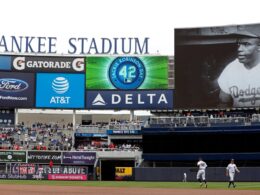It was March 13, when my mother, a New York City educator, shared the story of a stabbing and a group of three individuals trespassing into her middle school in Queens. A fight broke out between two teenagers at a playground, near her middle school. One teen pulled out a gun and when the father of one of the teens intervened, someone wearing a ski mask stabbed him in the back. Then, “the two teenagers and injured father ran down the street into the middle school.”
The first question I asked was: How did they get into the school? The short answer my mother gave me: because the school’s buzzer was broken.
As one of the largest city agencies, New York City’s Department of Education (DOE) employs numerous standards to improve student academic success, enrollment, and, most importantly, public safety. To address gun violence and security threats, in May 2023, the DOE enacted the Safer Access door-locking plan. This program preceded an eight-month pilot program at P.S. 28 in Corona, Queens, after an intruder entered the early childhood center by posing as an after-school participant.
The Safer Access plan includes a $43 million dollar contract to lock the front entrances of school doors and install cameras and buzzers. The plan also requires that all school doors remain locked outside of morning entry and afternoon dismissal periods. Additionally, visitors requesting entry must ring an intercom and identify themselves.
Recent patterns of intrusions and shootings at New York City Public Schools reveal city government’s failure to address public safety and gun violence, even with the implementation of the Safer Access plan. Multiple instances of gun violence occur outside of New York City Public Schools, often involving students and school safety staff. For instance, in February 2023, two students and a school safety agent were shot outside of Williamsburg Charter School.
Further, parental reaction to the plan has also been unfavorable. Following the shooting at Williamsburg Charter, parents and guardians fiercely critiqued the Safer Access plan and believed locking doors left students who arrived late to school vulnerable to outside threats.
How have policymakers responded to the plan? One policymaker responsible for voting for the Safer Access plan admits that he is unaware of the impact the plan has had. New York City Panel for Education Policy member Thomas Sheppard stated, “I have no information about how the Safer Access Plan has worked out, how it’s been received.” This is unacceptable. Data-driven approaches and feedback from public school community members who directly engage with public safety measures are necessary to inform New York City policymakers on the implications of the Safer Access Plan.
City government must propose solutions that actively respond to public safety threats and consider parental input to improve the plan when necessary. Further, the city should evaluate existing plans and constantly work to improve what is already in place. For instance, DOE should consider collaborative feedback mechanisms to report defective equipment.
Using accessible platforms such as 311, public school parents and community members should be able to report broken buzzers and defective security equipment in schools to ensure administrators can quickly address defects and replace them. Including parental input in shaping public safety measures can more effectively address the concerns of those most affected and provide valuable insights that respond to threats within and outside our city’s public schools.
Additionally, New York City policymakers should be guided by data on the performance and impact security measures have on a school’s public safety. Defective buzzers and inadequate responses to threats leave public school children, staff and faculty vulnerable to violent threats. These failures in public safety have led to stories from frightened educators, anxious students, and unsafe conditions for our city’s public school communities.
Gun violence and public safety are serious problems in America’s public schools. From horrific school shooting incidents such as Columbine, Sandy Hook and Uvalde, our public school children and communities continue to face threats without adequate response from government officials. Since the shooting at Columbine High School in 1999, “more than 390,000 students in the U.S. have experienced gun violence at school”.
New York City policymakers must do more to protect public school children and preserve the sanctity of public education. When policymakers fail, it leaves public school students and educators unprotected. We must act now to protect our public schools and employ a collaborative approach to address public safety needs.
Jackson is senior at CUNY Hunter College’s Roosevelt House Public Policy Institute.








